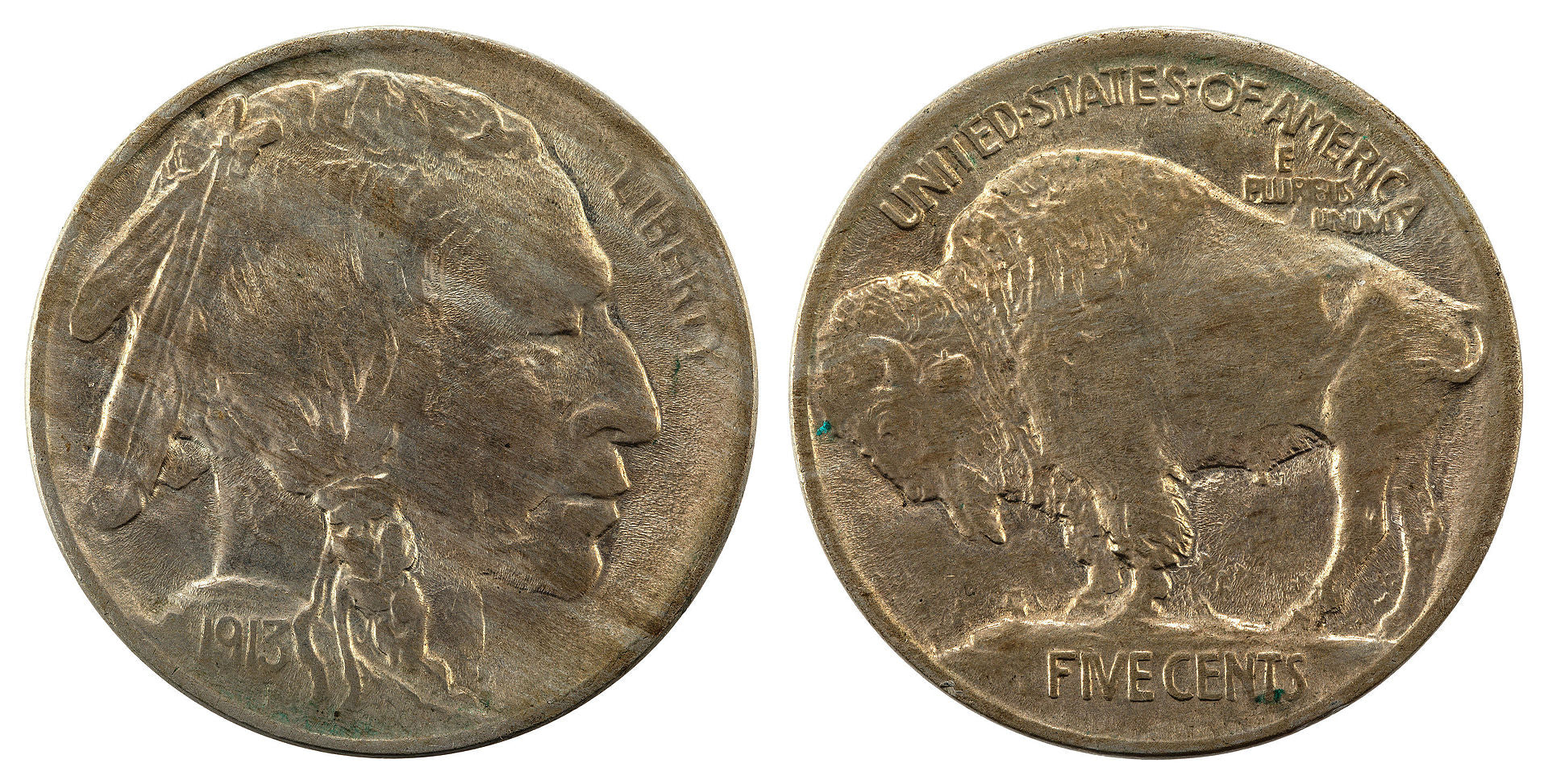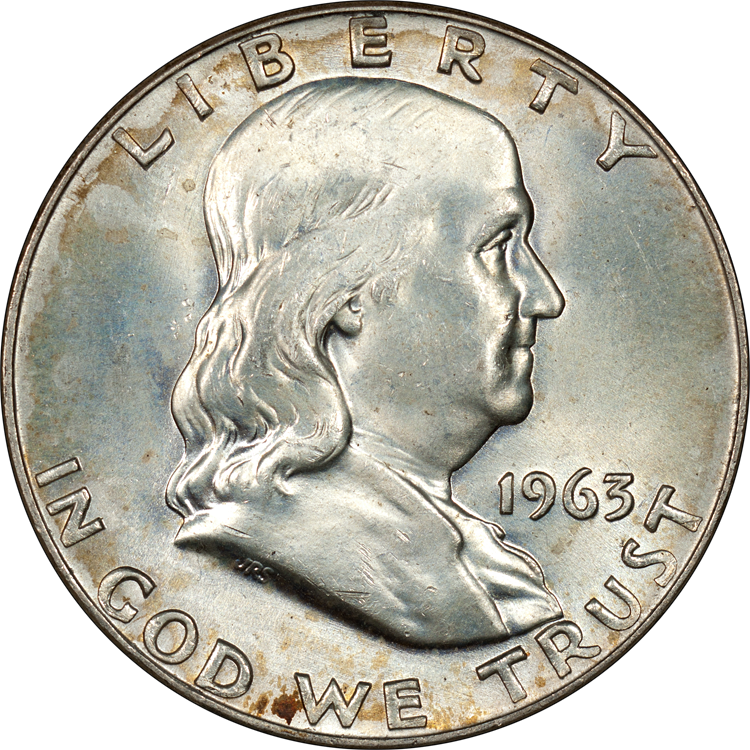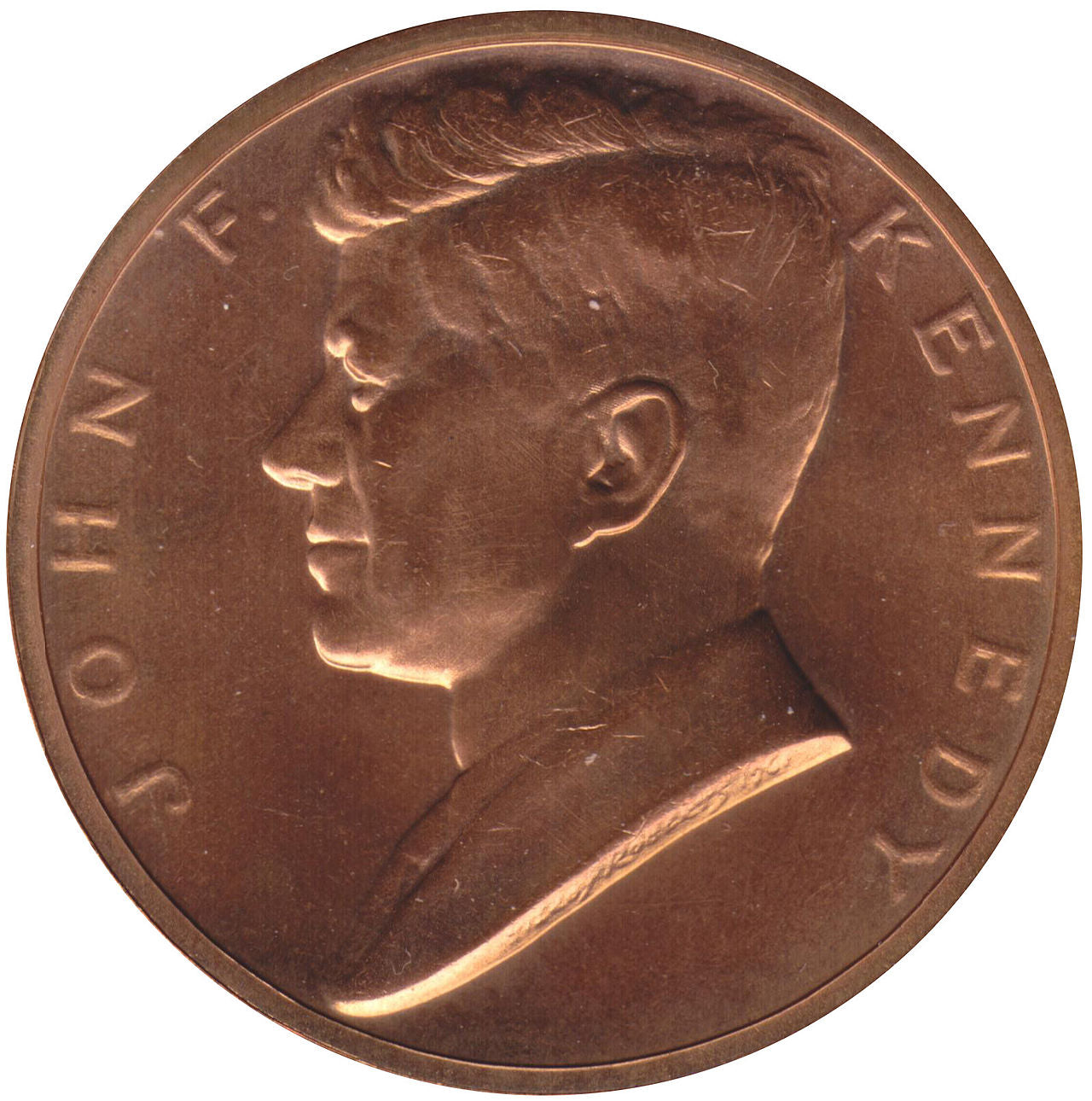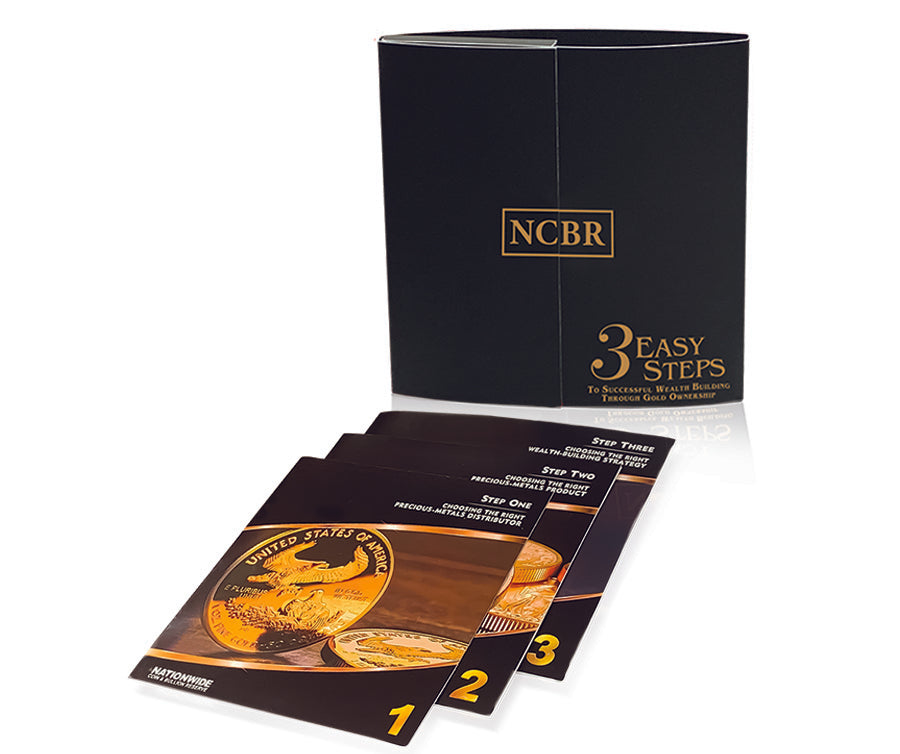The 50 State Program
The 50 State Quarters were a collection of commemorative quarters released by the United States Mint. Produced from 1999 to 2008, each quarter featured a unique design representing one of the 50 US states on its reverse side.
The initiative behind the 50 State Quarters Program was to encourage and engage a new generation of coin collectors. It turned out to be the most successful numismatic program in US history, captivating nearly half of the US population, who collected these quarters either casually or as a serious pursuit.
Kansas Quarter History
The Kansas quarter was released as part of the 50 State Quarters Program by the United States Mint. It was issued in 2005, representing Kansas as the 34th coin in the series. Its entry into the 50 State Quarters Program was marked by a design that intricately wove together elements representative of the state's narrative. The coin pays homage to the history, people, and natural wonders that define Kansas's character.
Kansas Quarter Design
On the reversed side (the back), it features a buffalo and sunflower, emblematic symbols of Kansas. The buffalo represents the state's rich wildlife heritage, while the sunflower symbolizes the state flower and the sunflower fields commonly found across Kansas.
On the obverse side (the front), it displays the standard image found on the front of all U.S. quarters, featuring George Washington, the first President of the United States, as designed by John Flanagan.
Each state had the privilege of selecting a distinctive design that encapsulated its essence and cultural significance.
The design of the Kansas quarter was a result of a unique process involving the participation of Kansas high school students, who engaged in a special election to choose the final design. A staggering 40,080 ballots were cast, culminating in the selection of the buffalo and the sunflower as the iconic symbols to represent Kansas.
The buffalo holds profound historical and cultural significance for Kansas. Once an abundant presence across North America, the buffalo served as a vital resource for the livelihood of those residing on the plains. For millennia, it provided sustenance, clothing, shelter, and an array of essentials. However, in the late 1800s, rampant hunting led to their near-extinction, resulting in their endangered status. Presently, hunting buffalo is prohibited by law, underscoring the efforts to conserve and protect these majestic creatures.
Kansas Quarter Value
The Kansas quarte holds a face value of 25 cents (or a quarter of a dollar). In terms of its value, its worth can vary based on factors such as its condition, rarity, and demand among collectors.
Typically, circulated Kansas quarters hold a value close to their face value unless they are in exceptionally good condition or are part of specific error batches or limited editions that make them more sought after by collectors. Uncirculated or proof versions of the Kansas quarter, particularly those in mint condition or special packaging, might have a higher value to collectors due to their condition and limited availability.
Conclusion
The Kansas Quarter, a testament to the state's heritage, stands as a valuable addition to the 50 State Quarters Program. Its intricate design and symbolic representation of Kansas's history and natural beauty make it a cherished item among collectors and individuals passionate about American history. Beyond its monetary value, this quarter serves as a tangible reminder of the state's contribution to the nation's diverse cultural tapestry, preserving its legacy for generations to come.
Real Time Precious Metals Data Below







